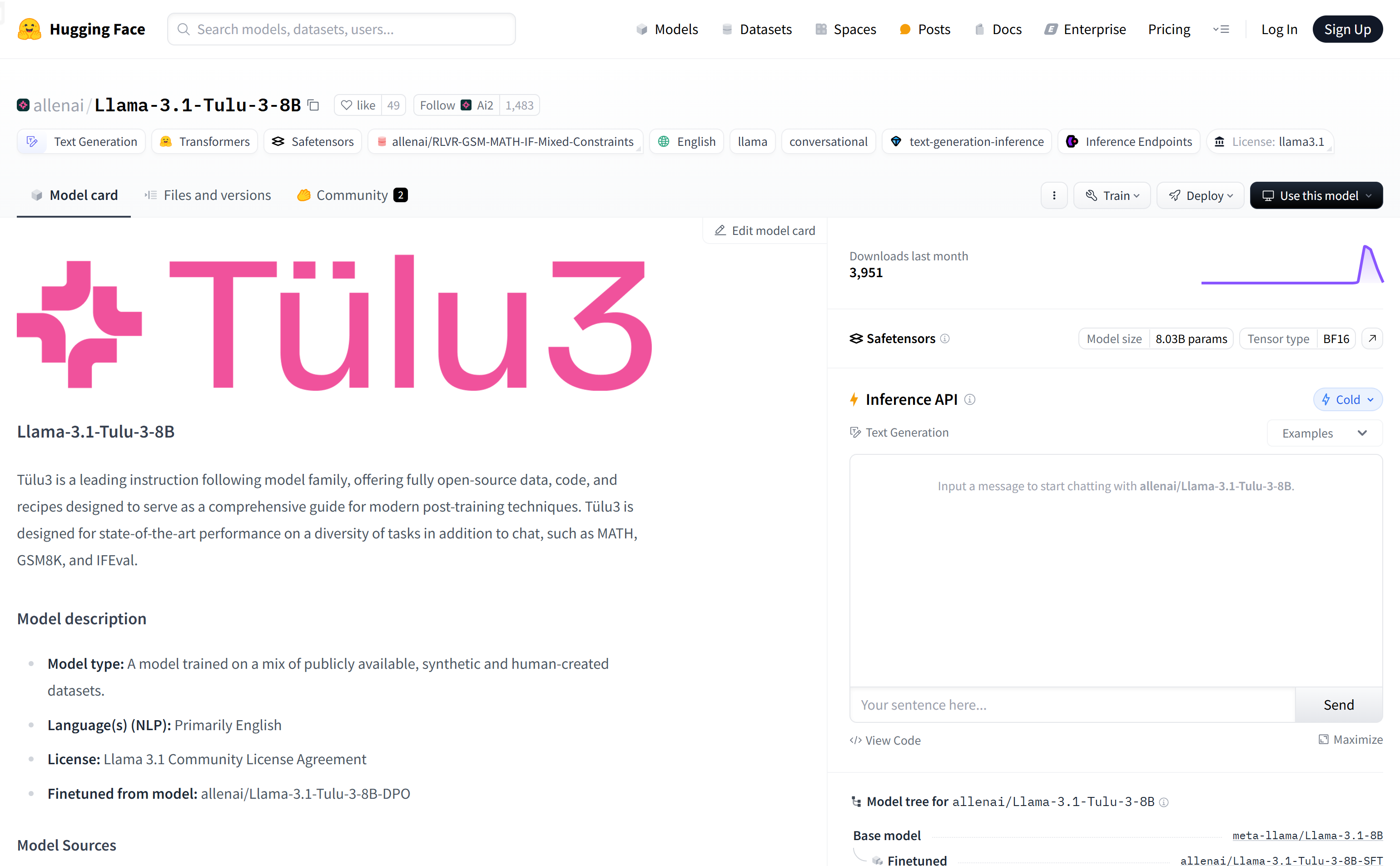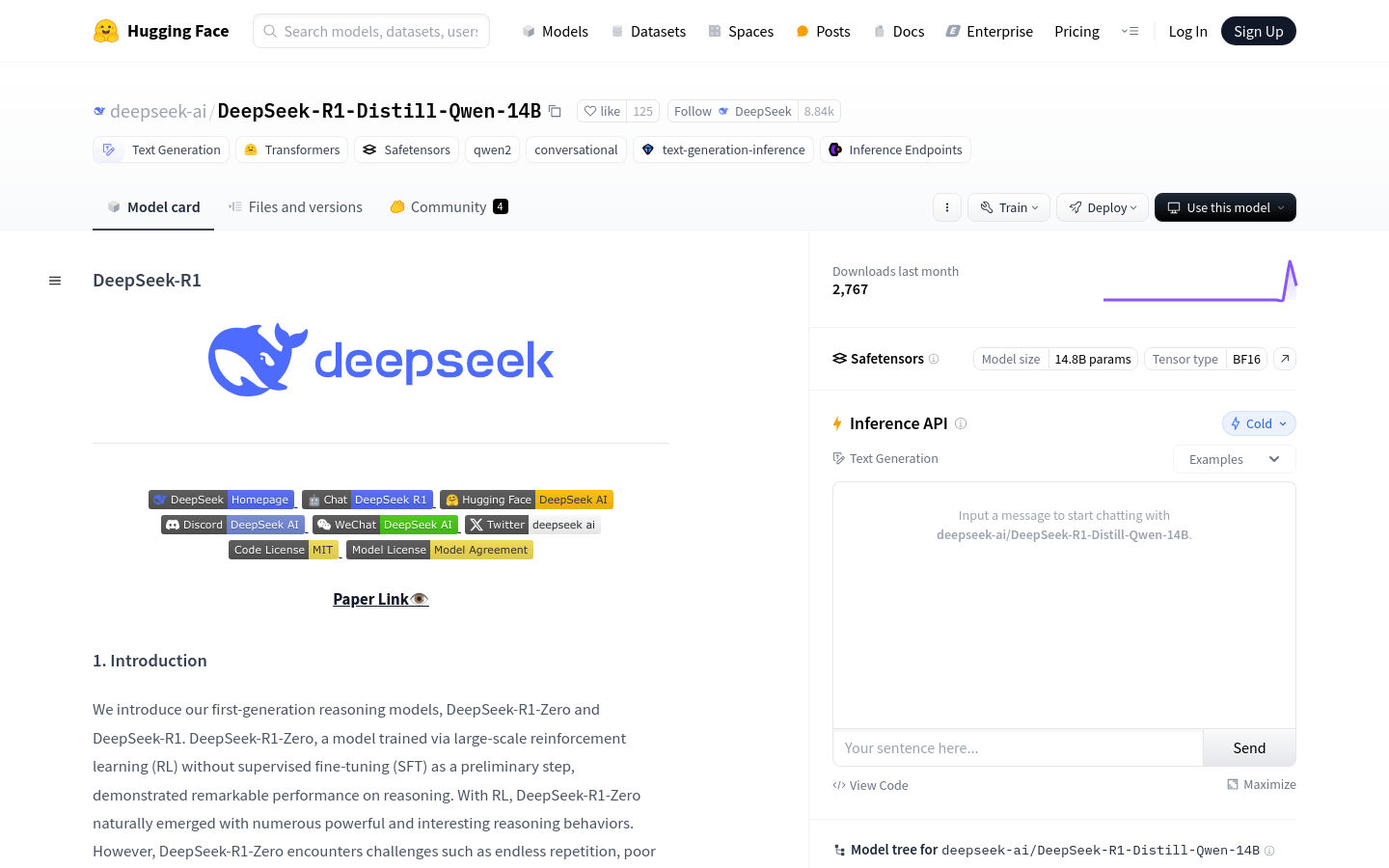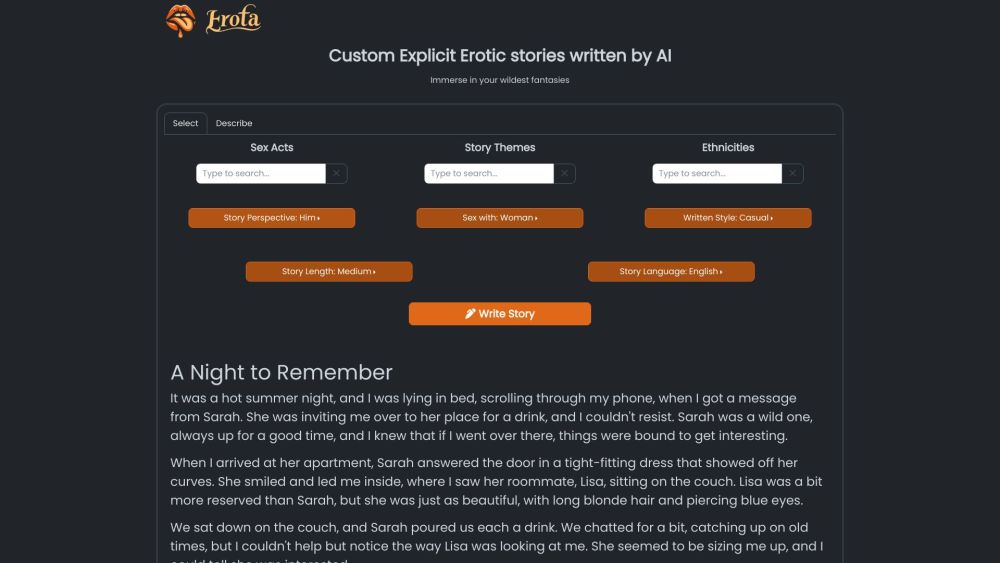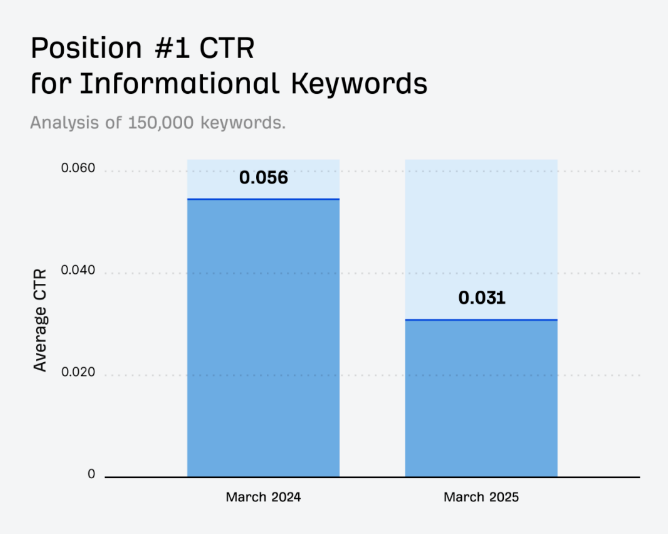Llama-3.1-Tulu-3-8B
Llama-3.1-Tulu-3-8B is an open-source model for diverse tasks like chat and math, offering high performance and easy deployment via HuggingFace.

What is Llama-3.1-Tulu-3-8B?
Llama-3.1-Tulu-3-8B is an advanced open-source language model designed for various tasks like chatting and solving math problems. It performs well on benchmarks such as MMLU and PopQA and can be easily deployed via HuggingFace. Ideal for researchers, developers, and educators.







